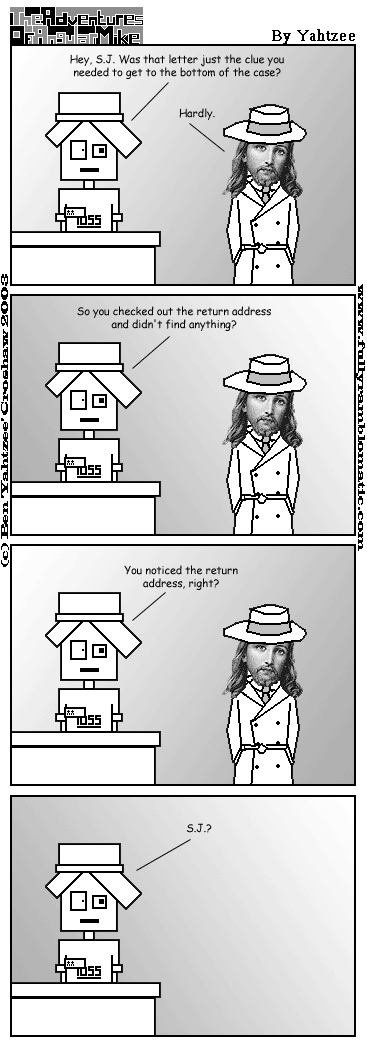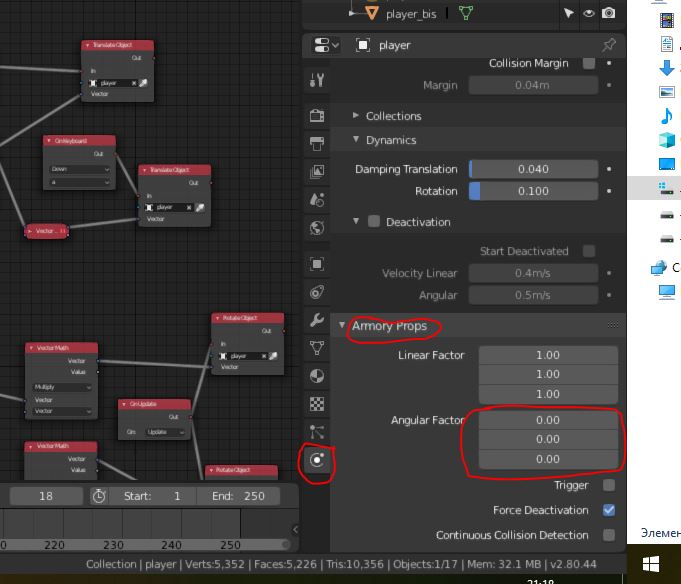

Take notice that all of the code to listen to key events will be on the TypeScript side of the component unlike the local click events in the template. So in our template we show a single property value and then have two buttons that call the increment() and decrement() methods.

Let's take a look at the component template first. In our rendered counter component I can increment and decrement the value with the buttons and the keyboard arrow keys. We will listen to the keyup event to be able to use the keyboard arrow keys for the component. Our counter component will have two buttons. In our example, we have a simple counter component that can increment and decrement a value on the view. The component name is InputNumber in the. Angular search filter example 2: using a custom filter pipe. Add filter of ng2-search-filter in our component. Angular search filter example 1: using ng2-search-filter. Setup and configure Angular search filter project. Lets create a Component for this example. Different ways to implement Angular search filter. This API allows us to register a particular listener for events in the browser and then call methods in our components to react to them. This example accepts only numeric only and does not allow other characters. To listen to the window for events, we will use the HostListener API. There is a specific API within Angular we can use to listen to the global window and document events like the keyup and keydown events. With Angular, we try to avoid touching the DOM directly for certain rendering and performance reasons. Typically we register window and document events to accomplish this. For example, a lowercase a will be reported. What is Keydown and Keyup The keydown and keyup events provide a code indicating which key is pressed, while keypress indicates which character was entered. The KeyPress event is triggered when the user presses &, releases a Key. Below is the code snippet for this along with the output. For handling only numbers in the input box we simply add an input control with the (keypress) event handler to call the keyPressNumbers(). This great for user experience and accessibility. The KeyUp event is triggered when the user releases a Key. Allow Only Numbers in Angular Form Input. ( typical pattern in many web applications is the ability to react to users via keyboard events or shortcuts. Jest Mock PostmessageIn fact, in Angular 4, every input property is just like a simple variable object value which can be set from outside of the component. Here I want to accept only numbers with a maximum of 2 decimal places and with a dot separator. Set the regular expression to validate the input using ng-pattern. Angular extends HTML attributes with Directives, and binds data to HTML with Expressions. Create the number input with the number type. Angular provides data binding and dependency injection that reduces line of code.


Angular extends HTML node capabilities for a web application. Although a bit complicated to use, it was a working solution for my problem: 'input')Ĭonstructor(private renderer: Renderer2) Angular enhances HTML Angular has set of directives to display dynamic contents at HTML page. In the search of an alternative approach, I learned about the listen event on the Renderer2 class. To still be able to specify the NgModel's name, you must specify it using the ngModelOptions input instead. Here, an attribute identified as name is used within a custom form control component. The following example shows you an alternate way to set the name attribute. Since I couldn't find any examples of it being used for the paste event, I was convinced that this wasn't supported. Setting the ngModel name attribute through options link. I learned that about Angular recently when I wanted to handle the paste event for an input element.įor some reason I was convinced that the event binding syntax in templates works only for a predefined subset of standard DOM events for a specific HTML element. But you might still have incorrect assumptions which don't affect your work most of the time. After using a framework for a significant amount of time, you gain confidence that you understand it well.


 0 kommentar(er)
0 kommentar(er)
